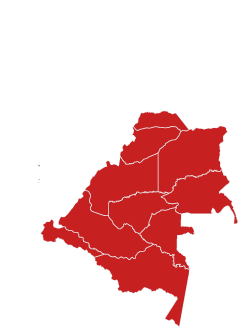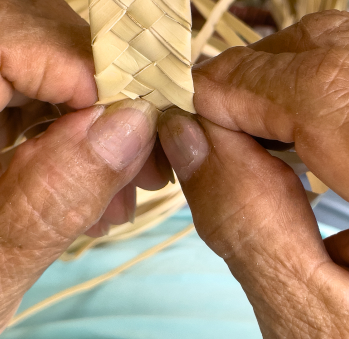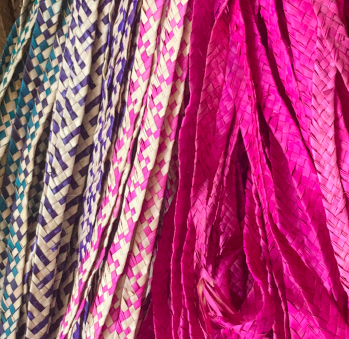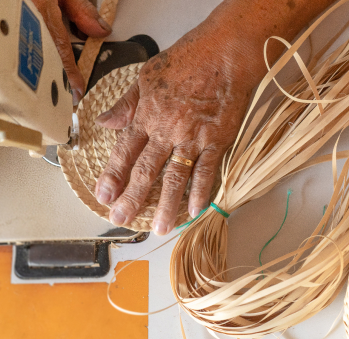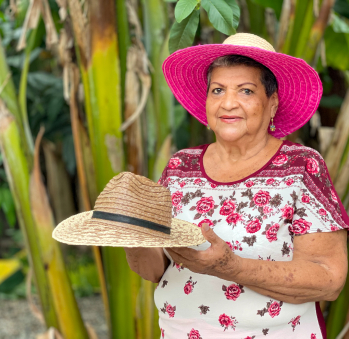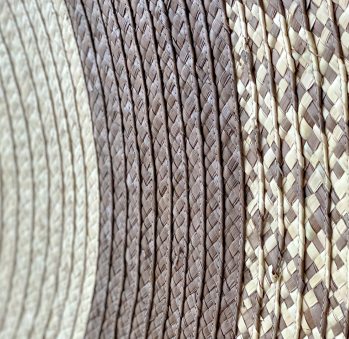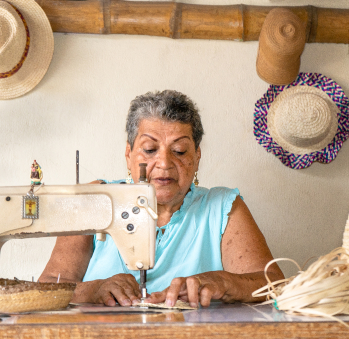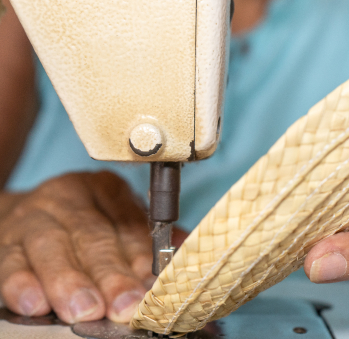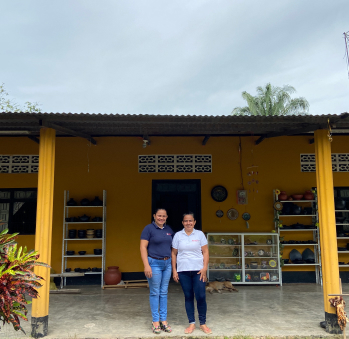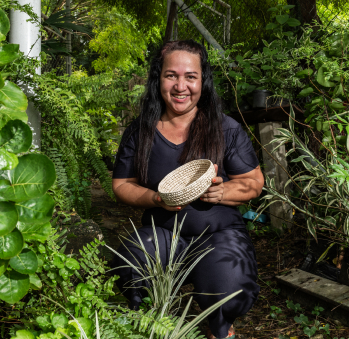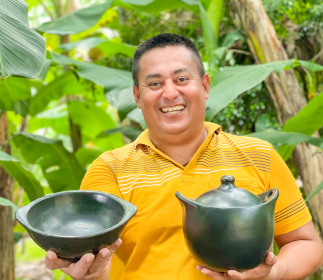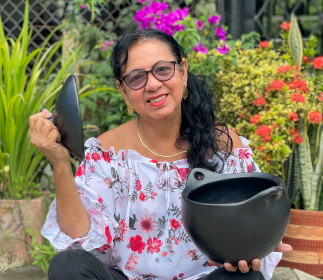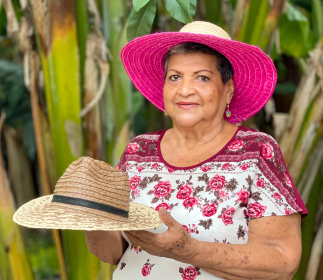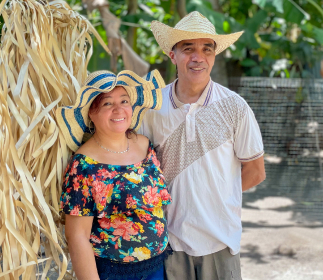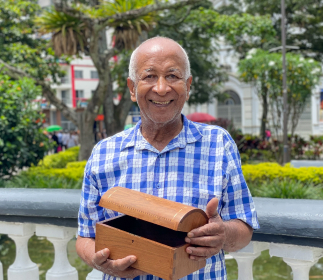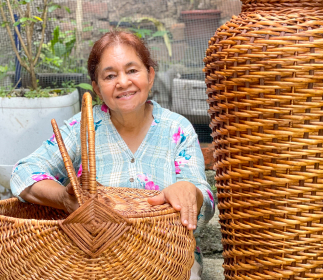Dora María Cándia
Workshop: Artesanías Dora
Craft: Weaving
Trail: Ibagué-Chipuelo Route
Location: El Guamo, Tolima
SCHEDULE YOUR VISIT
Carrera 5 # 1-127 barrio el Carmen Guamo, Tolima
3102399326
nicolnatalia1029@gmail.com
People ask her if, after 60 years of making hats, she does not feel tired. She, without a doubt, answers that she is not. On the contrary, she celebrates that she still has the dexterity and the bliss necessary to keep on weaving. Dora Candia, well into her seventies, jokingly calls herself a “cuchibarbie,” speaks with joy and serenity, and knows herself to be the continuator of a legacy that her maternal grandparents, Cleotilde Tocora and Wenceslao Candia, started. They discovered in the royal palm a raw material to solve the problem of getting a roof over their heads under which to live and to which many rural families resorted for decades to guard themselves of the cold and the rain. It then became the fiber they used to craft their famous tolimense hats. We are talking about something that happened more than a century and a half ago. Dora María’s family has been tremendously long-lived. Just to show us, she tells us that her mother, Isabel Candia, lived until she was 90, and died a decade ago.
Dora speaks of the royal palm as something close to her: how could it not be if she has dedicated her life and her hands to it. Corpus Christi’s emblem was also born of this palm: the one that gets hoisted in prayer during Palm Sunday. Moreover, as if insisting on its importance, she reminds us that some fruit is also harvested from the palm: the pits with which an oil that alleviates bronchial issues gets made. “The royal palm is good for everything,” she says with pride, without forgetting to mention that it is a tree that must be protected at all costs and that it needs to not be mistaken for the oil palm, a fact that has led to its indiscriminate felling. And that truly is a tragedy, since the time it takes for a royal palm to be ready and thick enough to produce the fiber needed to weave is of, at least, 20 years.
She says that over there, very high up and at the height of its only stem, is where the fiber gets extracted. It comes tied up in what is known as a “heart” (cogollo), which craftspeople have spiritually baptized as “the bouquet” (el ramo.) That is where its leaves come from, those who “become lush,” the same ones that extend and to which a whole treatment has to be made in order to later be able to make the handicrafts. She refers with devotion to the harvest, drying, cooking, and labor that it takes to have the fibers ready for weaving. She remembers that discovering the best way to handle it happened only after years of work. She also recalls what a feat it was for the community to find out that derailing and cooking the fiber gave it the clear beige color that has made it famous. She makes of all this clear because, before the hats got made in this way, they were simply woven with the raw palm heart.
Even though it is normal for us to speak of the El Guamo weaving community, she remembers that, in the times of her grandparents and even of her mother, there were very few artisans in the region. That memory seems very distant to a place that has gained the recognition of many for the skill of its weavers and of Dora María in particular, who, in 2004, took on the challenge of making 21 dresses for the women who would participate in Colombia’s National Beauty Pageant that got engraved in the collective imagination as something extraordinary. In fact, she is happy to know that she has visited 13 countries to witness this natural prodigy turned into fashion.
A lot has happened in her life since the days when she went to the market to sell the hats she made in her parents’ home. She claims that they passed through El Espinal, Natagaima, Coyaima, or Girardot; and that they went to Purificación on Saturdays and to Ortega on Sundays or following the pilgrimage of religious festivities and the times of harvest. It has been a long and dutiful life. It has also been a laborious life, without a doubt, although she feels thankful towards weaving because it has always allowed her children have a plate of food on the table. Dora feels accomplished, and there is no end or rest in sight for her. She continues to weave without stop, filled with joy.
Craft
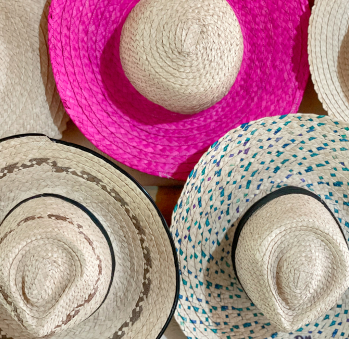
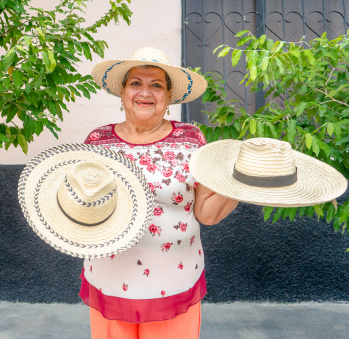
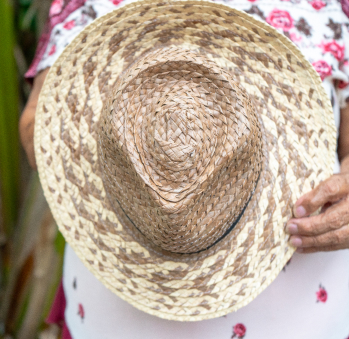
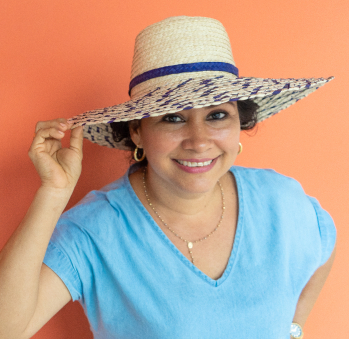
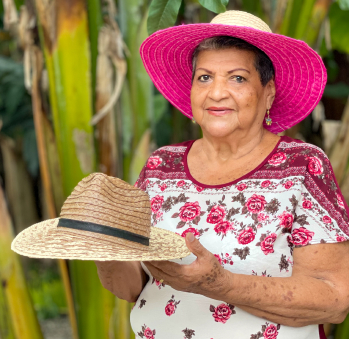
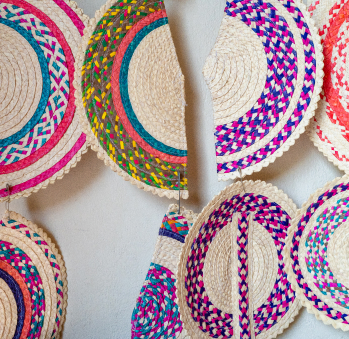
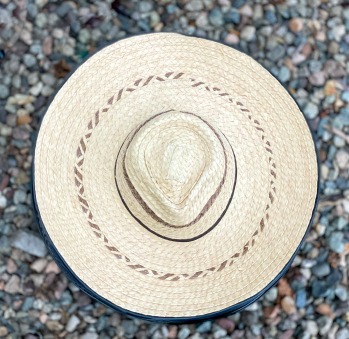







Artisans along the way
Artisans along the way
No puede copiar contenido de esta página

